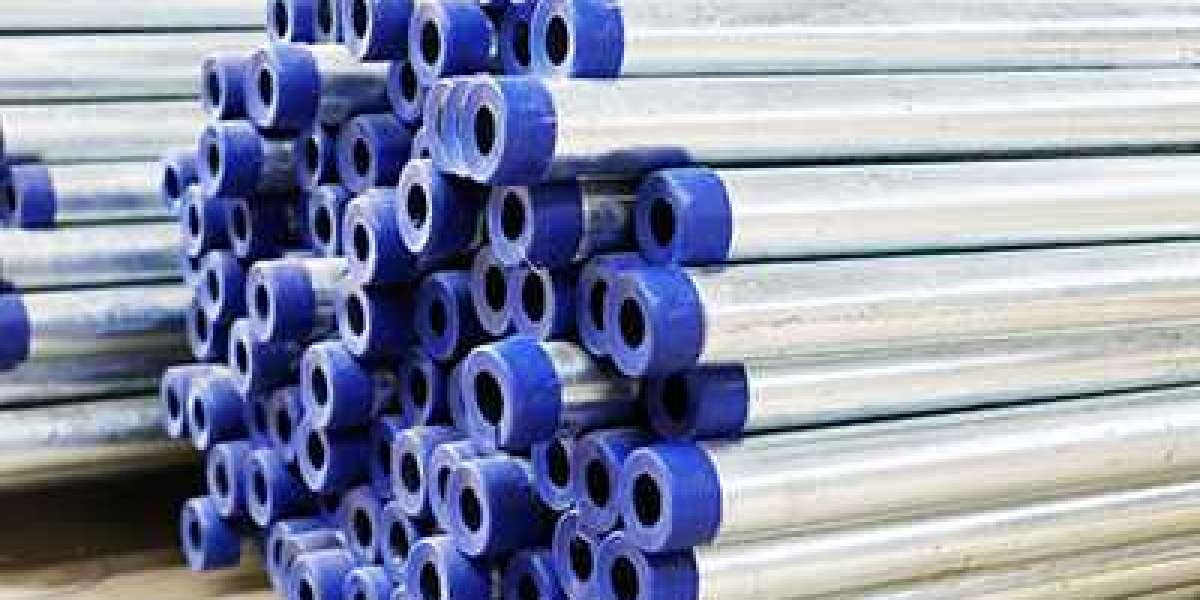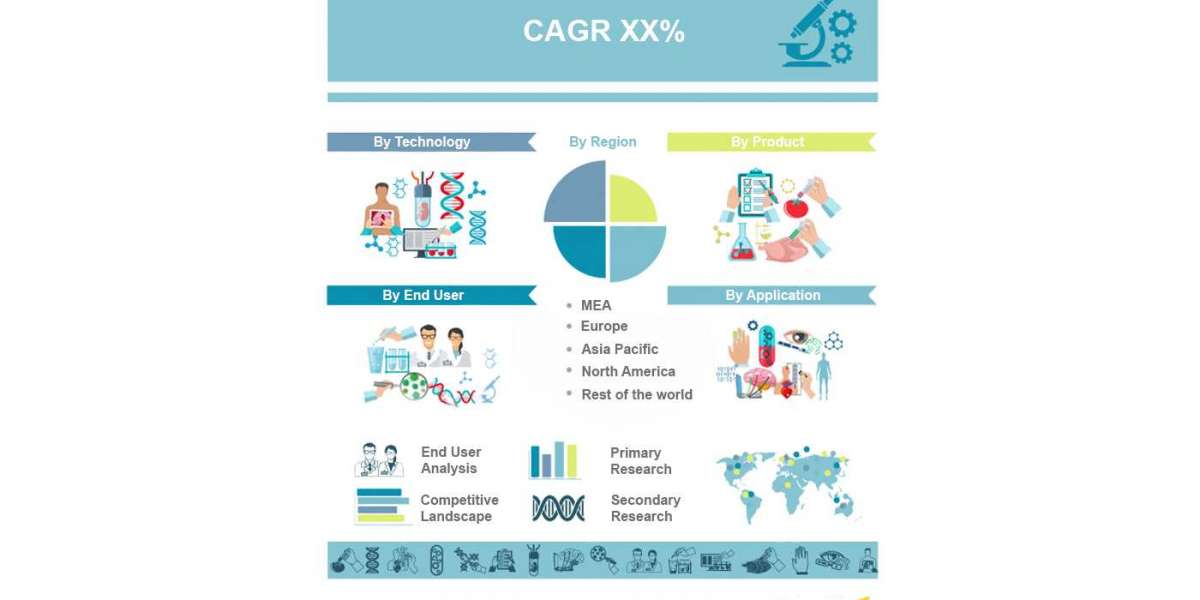Galvanized Iron (GI) pipes, known for their robustness and corrosion resistance, are an essential component in modern construction and industrial applications. These pipes are treated with a protective zinc coating, a process known as galvanization, which significantly enhances their longevity and durability. In this blog, we will delve into the significance, advancements, and versatile applications of GI pipes, underpinning their continued importance in today’s engineering and construction landscapes.
Understanding GI Pipes and Their Advancements
GI pipes are manufactured by coating iron or steel pipes with a layer of zinc. This galvanization process protects the base metal from rust and corrosion, which is particularly beneficial in environments prone to moisture and chemical exposure. Over the years, the manufacturing process of GI pipes has seen substantial technological advancements, leading to improved quality and efficiency.
Recent developments include more eco-friendly galvanizing methods that reduce environmental impact, such as non-cyanide electroplating and hot-dip processes that minimize toxic emissions. Moreover, modern GI pipes are available in various sizes, thicknesses, and grades, tailored to meet the specific requirements of different applications and industries.
Environmental Considerations and Sustainability
The production and use of GI pipes are increasingly aligned with global sustainability goals. The zinc coating not only extends the life of the pipes but also contributes to resource conservation by reducing the need for frequent replacements and repairs. Furthermore, the zinc used in the galvanizing process can be recycled, which reduces waste and promotes a circular economy.
Manufacturers are continually seeking ways to improve the energy efficiency of galvanization plants and reduce the carbon footprint associated with the production of GI pipes. These efforts include optimizing furnace operations, recycling heat energy, and adopting renewable energy sources.
Versatile Applications Across Industries
GI pipes are integral to various sectors due to their durability, corrosion resistance, and versatility. In the construction industry, they are widely used for framing, fencing, scaffolding, and roofing applications. Their ability to withstand harsh environmental conditions makes them ideal for outdoor and underground structures.
In the water supply and distribution sector, GI pipes play a crucial role in transporting drinking water, sewage, and irrigation systems. Their resistance to corrosion and ability to maintain water quality are highly valued in these applications. Additionally, GI pipes are used in HVAC systems for ductwork and in manufacturing settings for compressed air systems and conveyance of raw materials.
The agriculture sector also benefits from the use of GI pipes in irrigation systems, greenhouses, and farm structures. Their strength and resistance to environmental factors ensure long-lasting performance in agricultural settings.
The Future of GI Pipes
Looking ahead, the future of GI pipes seems bright, with continuous innovations aimed at improving their performance and environmental footprint. Advances in coating technologies promise even greater durability and resistance to corrosion, expanding the lifespan of GI structures and systems.
The trend towards sustainable and green construction practices is expected to increase the demand for GI pipes, as they align with the goals of energy efficiency, resource conservation, and environmental protection. Additionally, the potential integration of smart technologies, such as sensors for monitoring structural health and detecting leaks, could enhance the functionality of GI piping systems and contribute to more intelligent and efficient infrastructure.
Conclusion
GI pipes remain a fundamental element in construction and industrial applications, valued for their strength, durability, and protective qualities. As we move forward, their role is set to expand, driven by technological advancements, environmental considerations, and the growing demands of modern infrastructure projects. By continuing to innovate and align with sustainability principles, the GI pipe industry is poised to meet the challenges of the future, ensuring that these vital components continue to play a crucial role in building and maintaining our built environment.
More Read: Gi pipe









